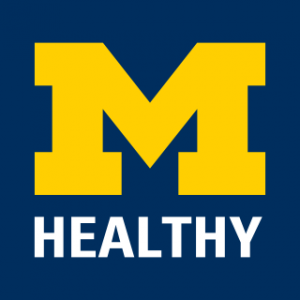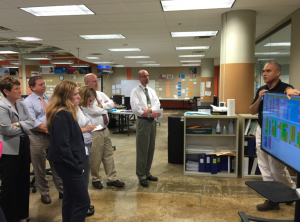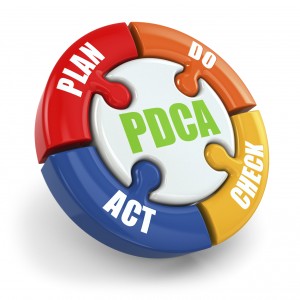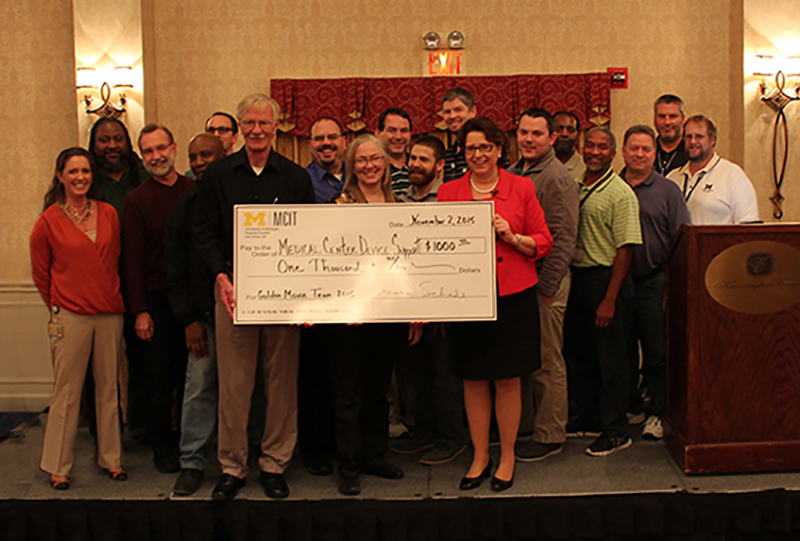
I had my Academy Awards host moment this week at our IT department all staff meeting. It was great fun! Our Medical Center Information Technology (MCIT) department is over 600 people strong and we gather together twice a year. We present the annual employee awards at our fall meeting.
The STAR and Golden Mouse Awards are staff-to-staff awards – that means all nominations are submitted by fellow staff members. Nominations are reviewed and the winners are selected by members of the MCIT Appreciation and Recognition Team (ART).
The ART team was established to help MCIT develop and sustain a culture where contributions are recognized and accomplishments are celebrated. We are building an environment which recognizes MCIT staff who make a difference and ensures that their contributions are valued. We are creating a culture where employees are valued through events, programs, communications and awards. We measure success by increased employee engagement scores in the areas of appreciation and recognition. Continue reading

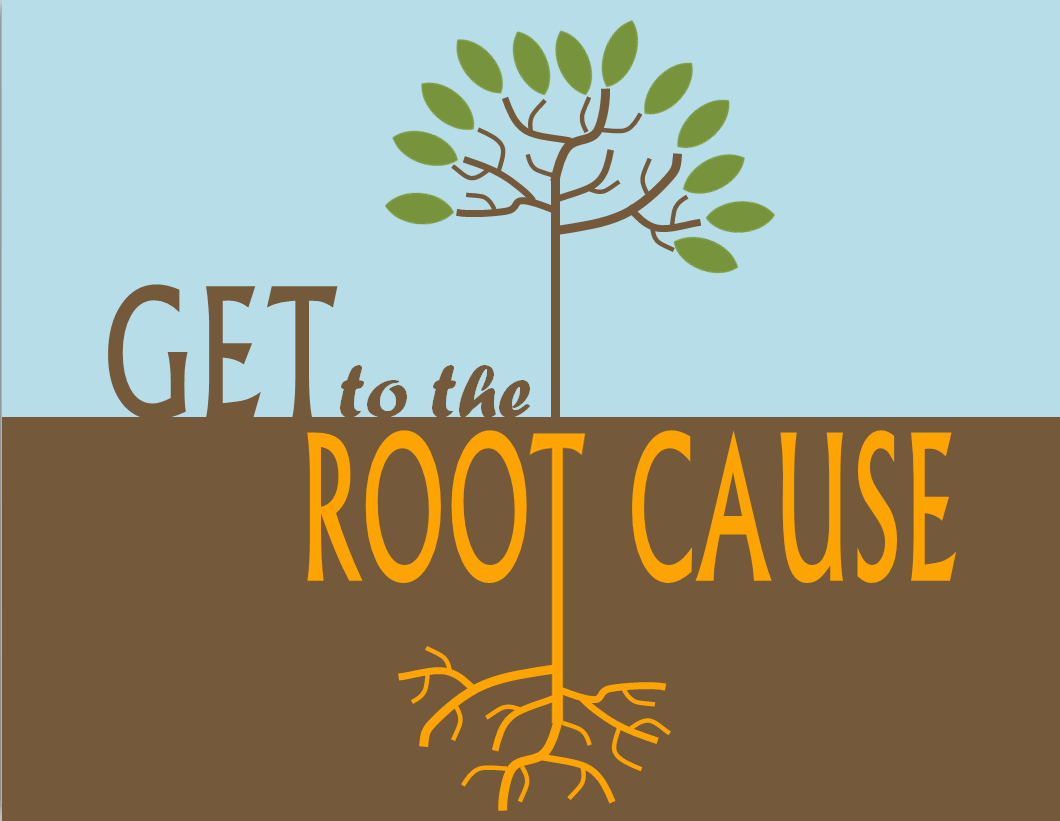 Recently I wrote that October was Quality Month and I highlighted
Recently I wrote that October was Quality Month and I highlighted 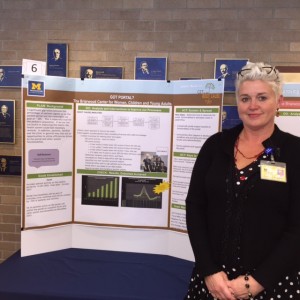

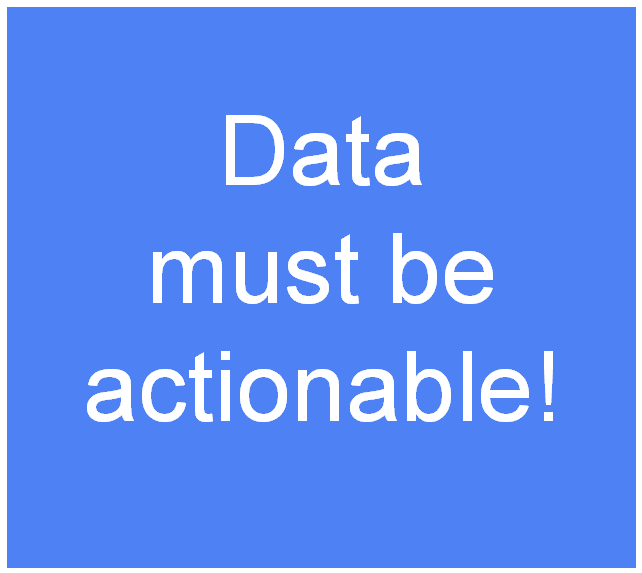 It was good to hear how another academic medical center is approaching similar challenges and applying lean. Some of my takeaways from his talk and the lunch discussion that followed:
It was good to hear how another academic medical center is approaching similar challenges and applying lean. Some of my takeaways from his talk and the lunch discussion that followed: Blue and maize was everywhere I went in Ann Arbor. Our new coach and football team delivered a resounding victory in the first home game to everyone’s delight. But this isn’t about football or fleece, it’s about adapting to change – something we are expected to do often.
Blue and maize was everywhere I went in Ann Arbor. Our new coach and football team delivered a resounding victory in the first home game to everyone’s delight. But this isn’t about football or fleece, it’s about adapting to change – something we are expected to do often. CIOs need to understand the technical debt of a large application portfolio and the total cost of ownership (TCO) for systems. They need to find ways to reduce the cost of commodity services, and to create capacity for new work.
CIOs need to understand the technical debt of a large application portfolio and the total cost of ownership (TCO) for systems. They need to find ways to reduce the cost of commodity services, and to create capacity for new work.